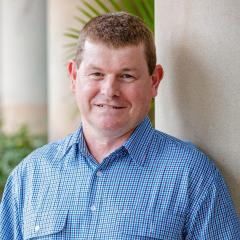What we farm, how we farm, where we farm and even what we have known for eons as food, is changing.
Agriculture, globally, is on the cusp of its next technology revolution. It is an exciting and challenging time and one that Queensland and Australia have been positioned to drive and to profit from because of an historic, strategic, decision made a decade ago.
This was the creation of an advanced agricultural and food research institute – the Queensland Alliance for Agriculture and Food Innovation or ‘QAAFI’ – by transferring leading scientists from the then Queensland Government Department of Employment, Economic Development and Innovation (DEEDI) to build capacity in agricultural science and research at the University of Queensland.
This unique blend of science and service capabilities has created an agricultural research powerhouse. It is positioning Australian agriculture to not merely withstand the pressures of climate change, pests, diseases, diminishing land and water resources and a rising global population, but to use these existential challenges as the catalyst for redefining agriculture as we know it.
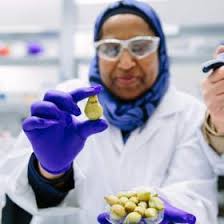
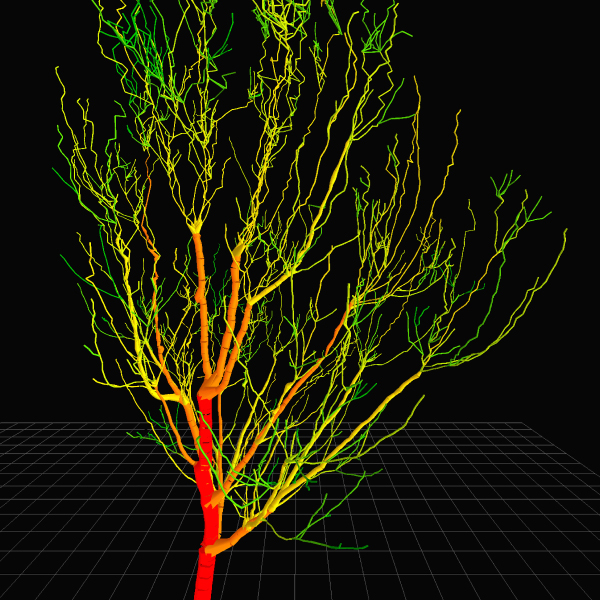
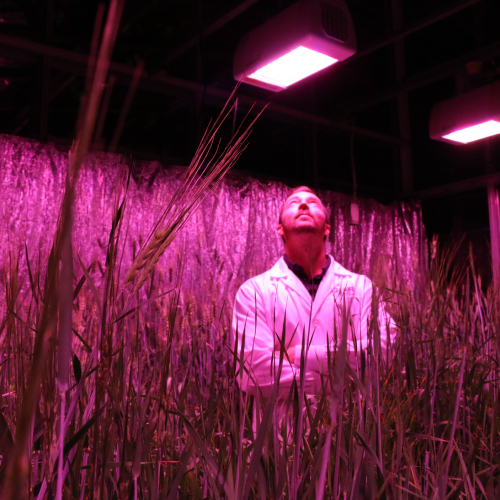
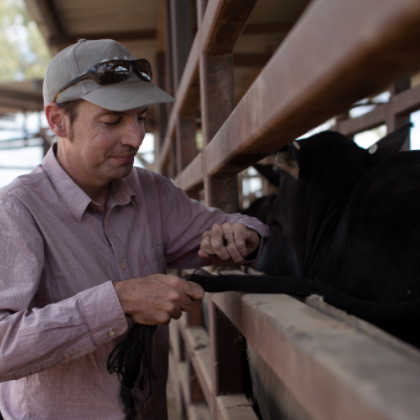
‘The impacts of QAAFI’s first 10 years are still ahead of us’
In its first 10 years QAAFI has achieved many milestones that have gained international attention and support, but as founding director Professor Robert Henry states: “The impacts of these first 10 years are still ahead of us.
“Everything is dwarfed by what is just ahead; from what we have started and from what will emerge from disruptive technologies – genetics, nano materials and sensors, artificial intelligence (AI) and automation, and the ‘big data’ collected and utilised by these technical advances.
“The business of agriculture and food production is going to change dramatically, and QAAFI is positioned to be a major driver.”
As he looks ahead from the solid QAAFI platform he has helped construct, Professor Henry says there is a strong message in this for young people looking for careers with which to have a positive impact on the world: “One of the best ways to achieve this is through agriculture which today encompasses just about every field of science.”
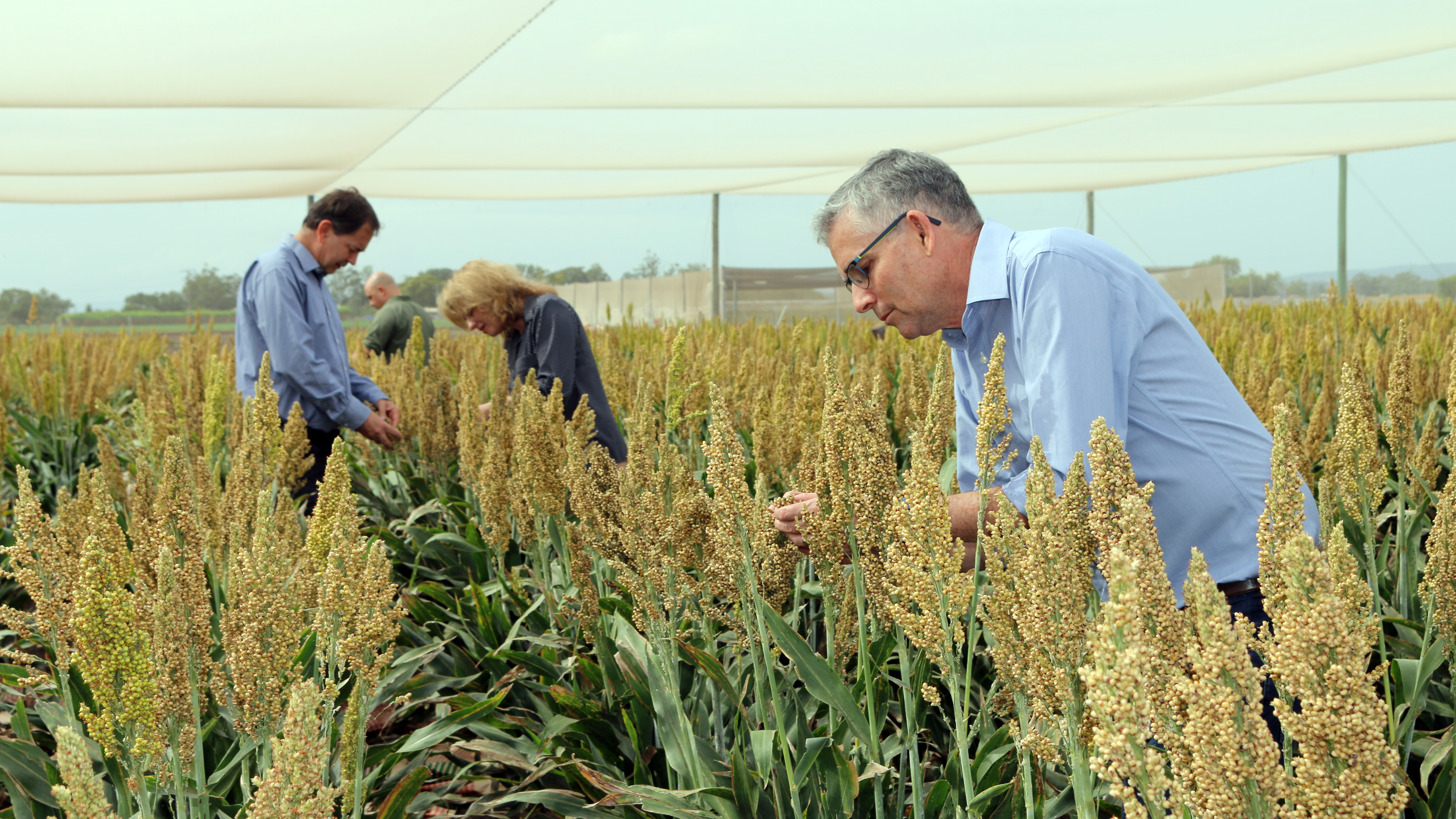
Multidisciplinary approach
This multi-disciplinary approach to addressing challenges and pursing new technologies, systems, products and industries could aptly be described as being the QAAFI DNA.
QAAFI was established with the objective of growing the value of Queensland primary industries, with a particular focus on improving the competitiveness, sustainability and diversification of tropical and sub-tropical food, fibre, and associated agribusiness.
It was charged with achieving this through high-impact science generated by merging the State’s capacity, expertise, and resources across plant, animal, and food research and extension.
The exponential gains achievable by creating this critical mass of ‘can do’ science was soon apparent.
In its first five years QAAFI played a key role, in collaboration with its industry and Department of Agriculture and Fisheries animal science collaborators, in increasing the profitability of the $5 billion northern Australian cattle industry.
This was achieved by improving the reproductive performance of cows.
Other areas where QAAFI worked with the Department of Agriculture and Fisheries and industry collaborators was in improving the profitability of the $500 million sorghum industry by creating germplasm able to lift yield and quality in unstable climates; protecting the $600 million banana industry from the spread of endemic diseases; and developing novel science solutions to integrated plant breeding and plant protection for the $120 million macadamia industry.
Professor Henry says the macadamia program is a striking example of the impact that science can have on an industry, and why agricultural research needs the patient investment that a structure like QAAFI provides.
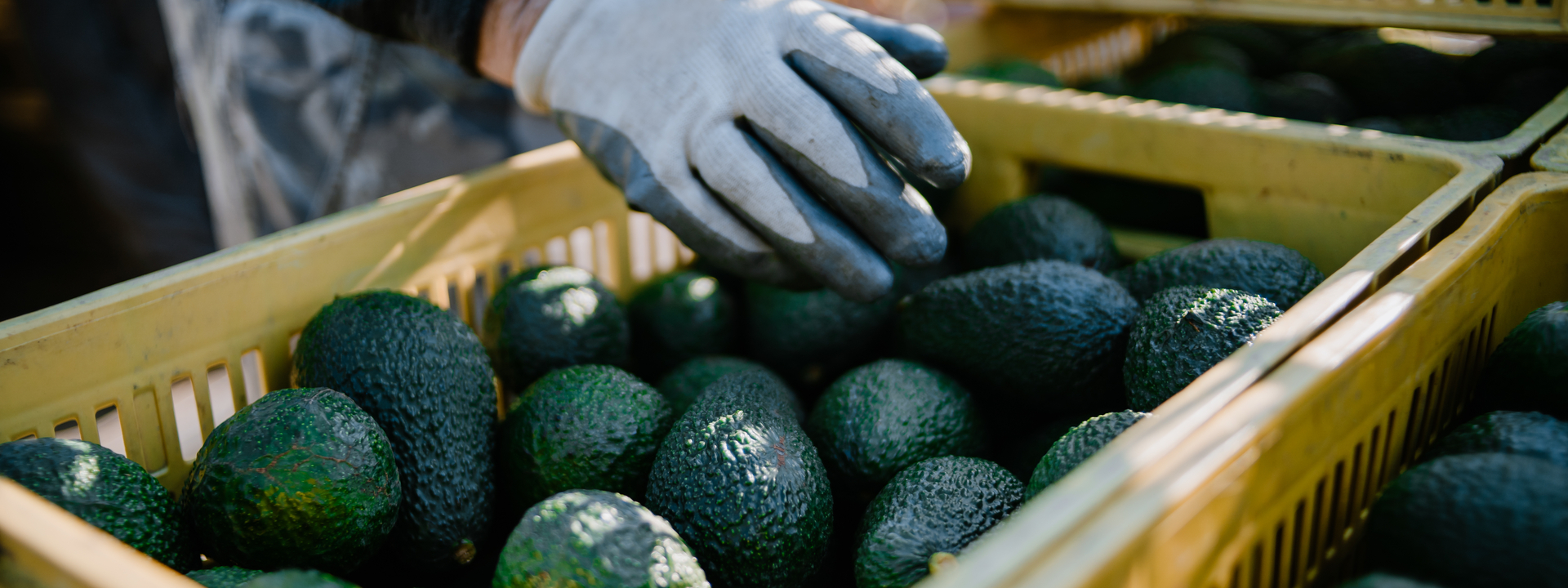
‘Research investment must be sustained’
“We are about to see a continuous stream of improved genetics going into macadamias with the potential to significantly lift productivity and quality – but it’s been 25 years in the making. It shows why a research investment like this must be able to be sustained, which has been achieved thanks to the foresight of the Queensland Government and industry groups.”
The $500 million avocado industry is another example. Implementation of research outcomes over the next 15 years has the potential to increase both production and value by a further 20-30% as increasing volumes of high-quality fruit find markets in Asia and the Middle East.
All of this effort is being further boosted by advances in support technologies such as ‘speed breeding’; a technology developed at UQ which shortens breeding cycles and accelerates crop research through rapid generation advancement.
“We are seeing real advances in genetics science that will allow us to innovate much more quickly, and in quite novel areas like the plant-based meat products now coming onto the market,” says Professor Henry.
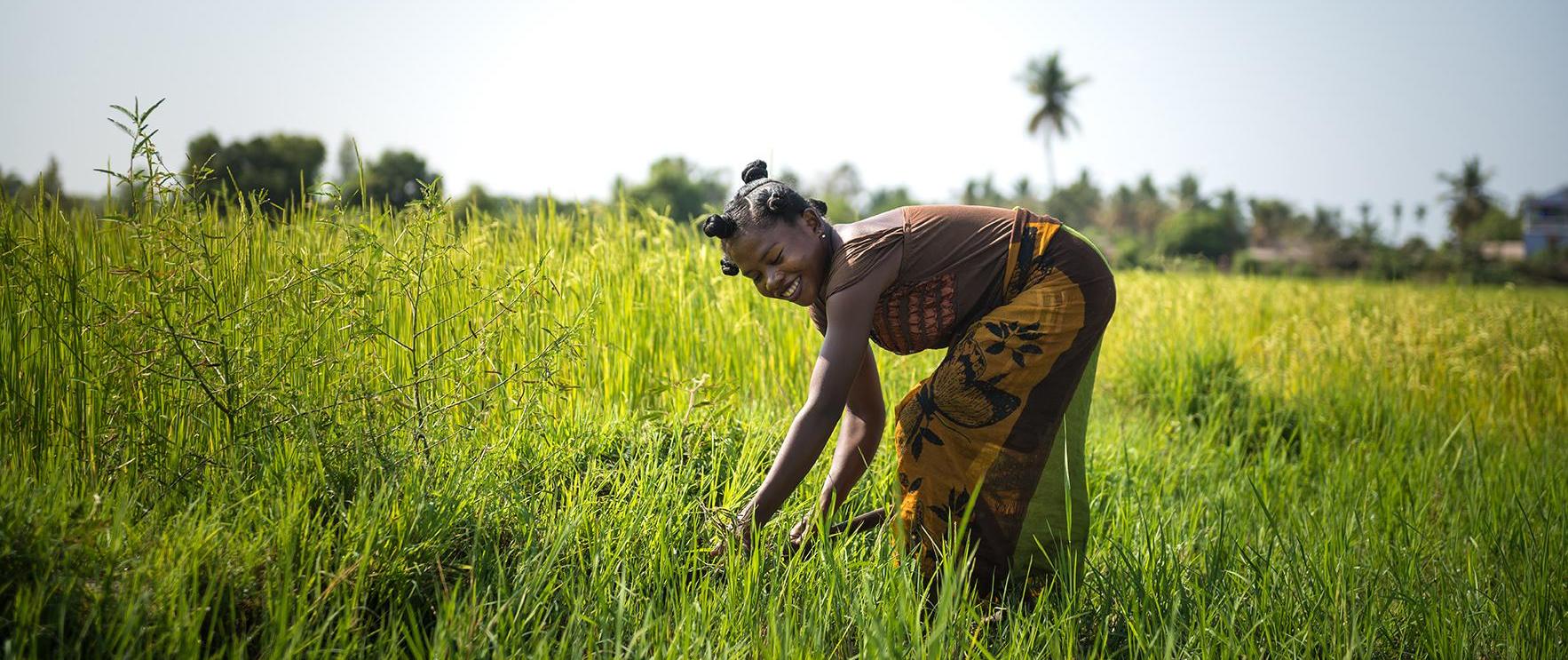
Global connectedness
Over the course of its first decade QAAFI has developed strong international linkages with research collaborations across the globe; an exemplary example being the sorghum breeding research in Australia and sub-Saharan Africa. It highlights the global connectedness of agricultural science.
“While the African farmers are still largely subsistence farmers, the underlying issues they face are the same as those faced by Australian growers. We have shown how the same R&D benefits both systems and this applies to many other sub-tropical crops.”
Professor Henry finished his tenure as director on 30 September 2020 and he returned to active research, excited by the vast opportunities that QAAFI has opened up for agricultural science in Queensland and internationally.
He already has a full program covering tree crop genomics, a research role with the new ARC Centre of Excellence for Plant Success in Nature and Agriculture, exploration of new foods, helping the sugar industry diversify into new products, and advancing rice as a major sustainable industry for the high rainfall regions of northern Australia.
But he reserves some of his greatest excitement for recent initiatives emerging from QAAFI; such as the BioClay™ developments by Professor Neena Mitter, in collaboration with Professor Gordon Xu.

Transformational technologies
“This is transformational. This will revolutionise crop pest control; with the potential to replace insecticides and fungicides with a safe product that leaves no residue,” he says.
The technology uses a double-stranded RNA molecule matched to the genetics of the target organism to inhibit the growth of that pest or pathogen.
“We’ve long know dsRNA could be used in this way, but until UQ’s patented clay technology we didn’t have the delivery mechanism,” Professor Henry said. “With this approach you can spray a plant once and protect for a significant period against a target insect or disease.
“This typifies what QAAFI represents – a new-thinking research hub with a global capability for not just addressing current issues, but developing transformational technologies that will change the whole way we farm and produce food. It is the future.”
Contact: Professor Robert Henry, Professor of Innovation in Agriculture, Queensland Alliance for Agriculture and Food Innovation, the University of Queensland, T. 07 3346 2445. E. robert.henry@uq.edu.au or Carolyn Martin M. 0439 399 886 E. carolyn.martin@uq.edu.au or DAF media dafmedia@daf.qld.gov.au
The Queensland Alliance for Agriculture and Food Innovation is a research institute at The University of Queensland, established with and supported by the Queensland Department of Primary Industries.


